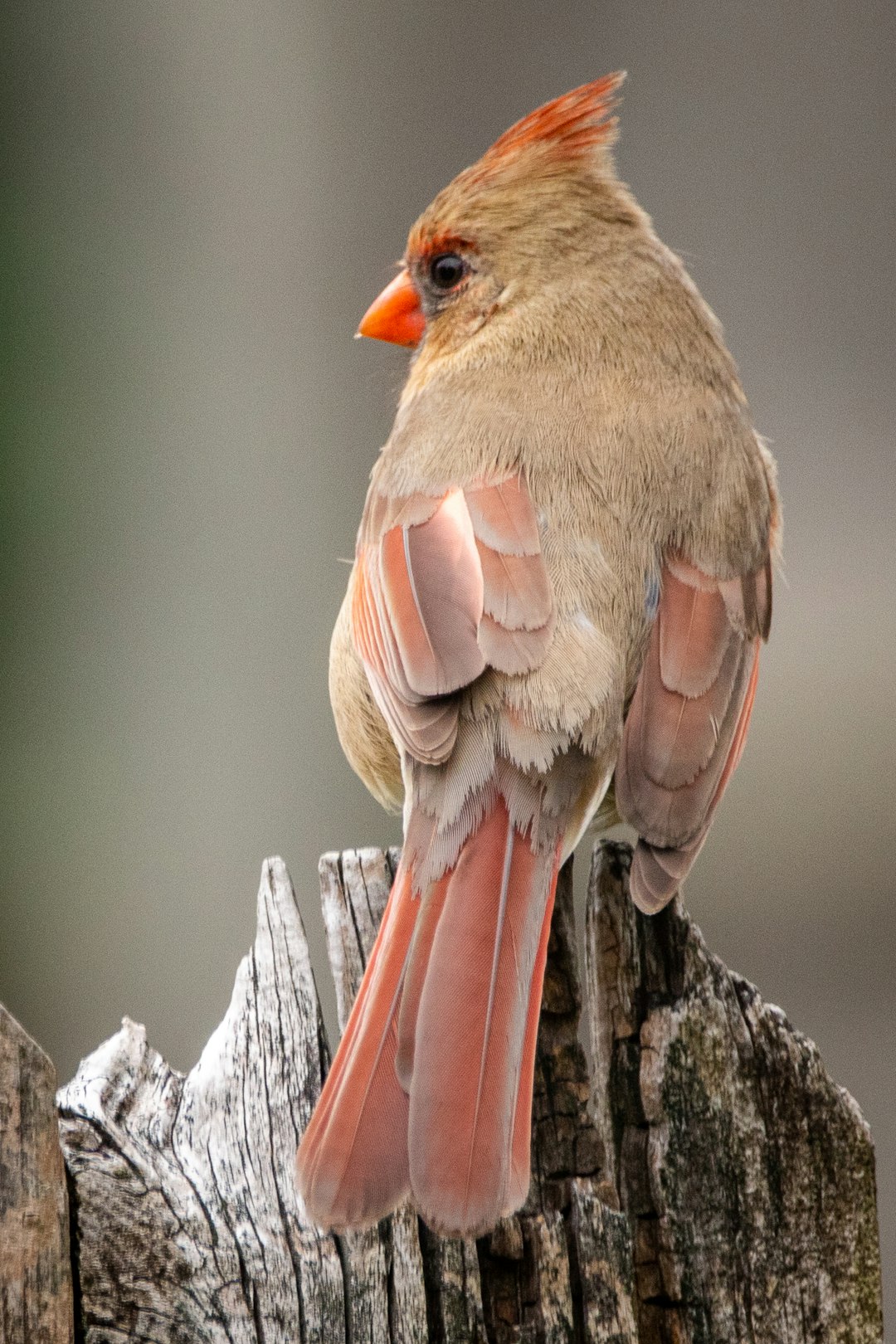by Bill Church

Learning to identify birds is easy if you become familiar with the birds in your yard. As you get better, you can expand to birds in your hometown.
A field guide will help you attach a name to the birds you see. Field guides are books with pictures and descriptions of birds. Field guides typically show birds of just one country or even one part of a country.
Here are some tips to make identifying birds easier. First, how big is the bird? Is it as big as a sparrow, a robin, a pigeon, a chicken, or an ostrich? Is the bird fat or skinny, long or short? Look at each part of the bird. Is its bill short or long, thick or thin, curved or straight? How about the tail? What shape is it? Is it forked? Are the bird's wings pointed or curved, long or short?
Next, notice the main colors. This sounds crazy, but it works. If you do not believe it, turn to the Roadside silhouettes inside the front cover of your Peterson Field Guide to Eastern Birds. With practice, you will recognize all these birds just by their silhouette. (If you don't have a Peterson Field Guide yet, we will wait here while you go order one from Amazon or online at "www.whatbird.com".)
The colors of a bird can play tricks on you. A bird's colors look different when the bird is at the top of a tree at sunset than it does at noon. Check the color of each body part. Sometimes just the color of a bird's legs can help you tell one from another. Also check to see if the bird has wing bars or an eye ring or a patch of color on its rump, chest, or head. Many birds found near water have distinctive markings on their wings or tail.
Finally, look around you. Are you and the bird deep in a forest, on your lawn, or 50 miles out at sea? Each bird likes a certain habitat. Habitat refers to things like plants and trees in the area, the elevation (are you in the mountains or at the shore?), the climate in the area, and the type of water nearby. See if the bird is swimming or wading. Can the bird climb trees? Does it wag its tail a lot? When it flies, does it go straight or up and down like a baby roller coaster? If you can answer many of these questions, you have a good chance of finding your bird in the field guide. When you understand how your guide arranges the birds, it will become easier to quickly turn to the right page.
Birds are arranged in Taxonomic order. Here is a hint: look for little birds seen in trees in the back half of your book.
There is one final secret you need to know. Really good birders can "see" more birds with their eyes closed than you and I can see with our eyes open! They know the songs a bird sings. Even one chip note might tell them a bird called a Rose-breasted Grosbeak is hiding in the bushes. LISTEN! Some birds such as rails and bitterns live deep in the swamp. You may never see them. Birders can identify them by their call or their song.
Finally, you need to know the names of the parts of a bird. You already know most of the important names. You will soon discover that birders seem to have given a name to every little line on a bird. Do you know where to find a bird's wing bars, primaries, superciliary, and malar stripe? Bird books often refer to these to help you identify a bird.
Bill Church was a certified WV Master Naturalist and herbalist and trained with Tom Brown (world-renowned tracker). His book, “Medicinal Plants, Trees, & Shrubs of Appalachia” is still available.

